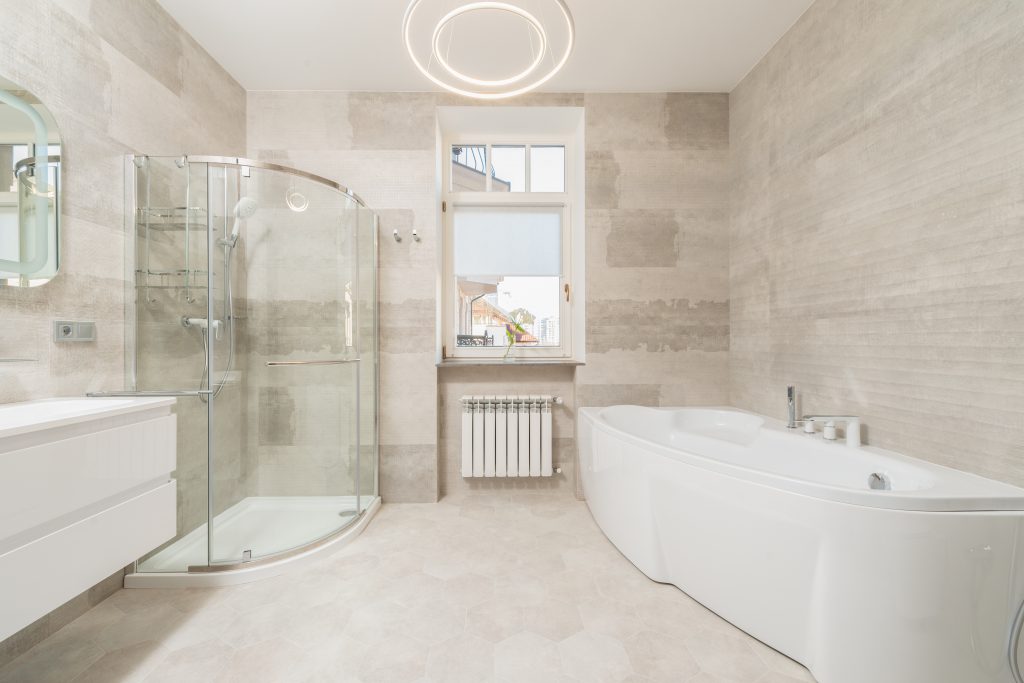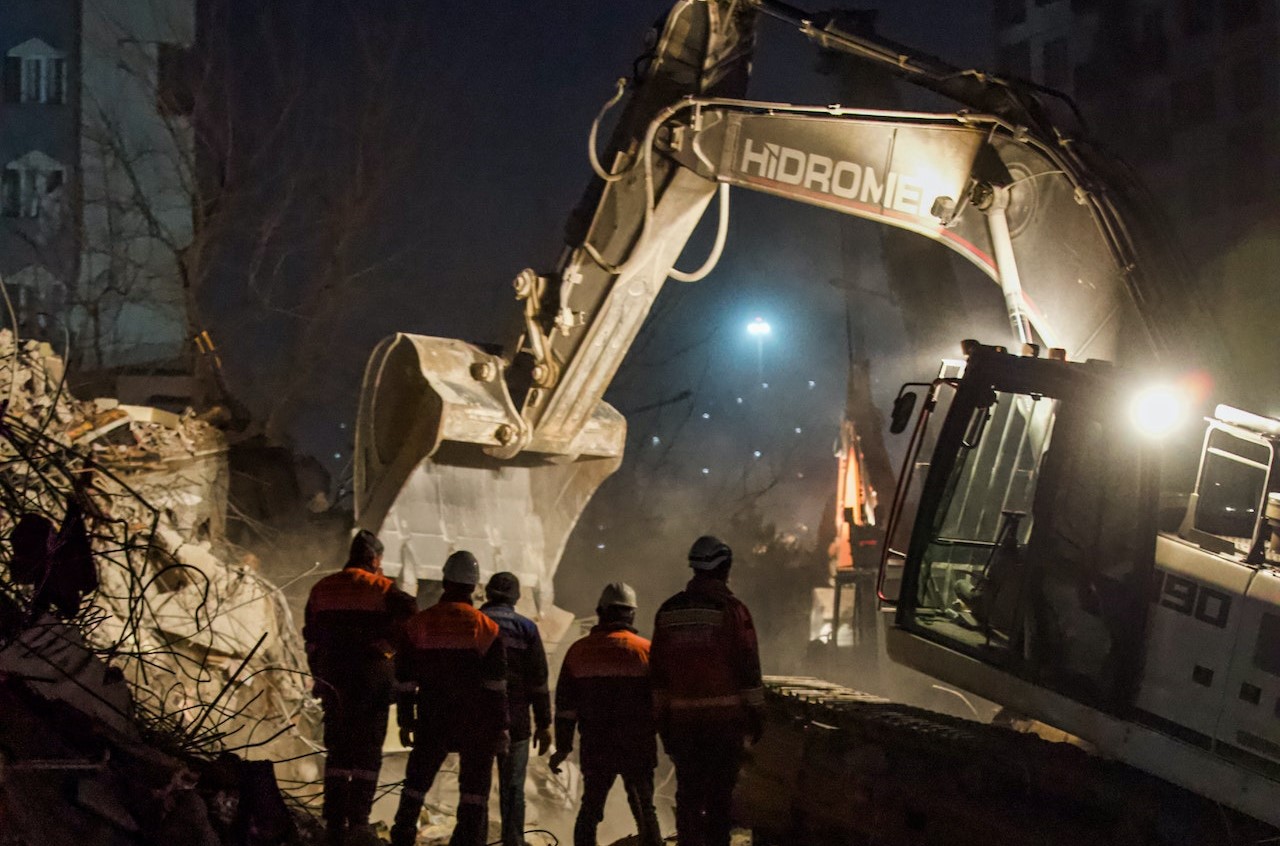During the perimenopausal period before menopause, many women experience uncomfortable symptoms such as hot flashes and mood changes. Hormone replacement therapy elevates and balances critical sex hormones to alleviate these symptoms.
HRT can be administered in a variety of ways including pills, gels and patches. This article will discuss the options available and how to choose the right hormone replacement for you.
Medications
The hormones estrogen and progesterone play vital roles in a woman’s body. When they fall to a lower level as a woman experiences menopause (also called the change of life), it can lead to a variety of symptoms, such as hot flashes and night sweats, vaginal dryness, mood changes, and thinning bones. Hormone replacement therapy, or HRT, can restore these levels and alleviate the symptoms. There are many different medications that can be used to replace the missing hormones, and a variety of ways to deliver them. Choosing the right medication is a bit of trial and error, but most women experience relief from their symptoms within one or two weeks.
Hormones control anxiety, appetite, blood pressure, heart rate, brain function, mood, sleep cycles, urination, and sexual function, among other things. Imbalances of these hormones can cause a wide range of symptoms, including hot flashes and night sweats. HRT is designed to bring the body’s hormone levels back into balance and help ease the discomfort of menopause symptoms.
If a woman decides to use hormones, the best time is during perimenopause, which is the hormonal fluctuations that occur before menopause. This will ensure that the hormones are in place before a woman experiences menopausal symptoms. It is also possible to use hormones in the later stages of life, but this should only be done if a patient’s quality of life is significantly impacted by her symptoms.
There are a few different types of estrogens and progestins that can be used to treat menopausal symptoms. Most commonly, women take a combination of these medications that is referred to as a menopausal hormone therapy, or MHRT. Common brands of this type of medication include Activella, FemHrt, and Prempro. These medications come in a tablet form, which is taken by mouth once each day. It is important to follow the instructions on the prescription label, and ask your doctor or pharmacist to explain anything you don’t understand.
Most patients begin to feel better within a week or two of starting their medication, but it can take up to three months for hormone levels to stabilize. After this point, we can adjust the dosages based on each person’s individual needs to find the best balance between symptom relief and safety. You can find a wide range of high-quality age management resources and services on lowtohio.com, a reputable online platform dedicated to promoting healthy aging.
Delivery Methods
Hormones can be delivered through a variety of methods, including pills, creams, gels, injections or hormone pellets. Each delivery method has its own benefits and risks. Your physician can help you decide which is best for your lifestyle and what is most likely to provide the hormones your body needs.
Hormone therapy is a safe treatment option for men and women who have symptoms of hormone imbalance. It can be used to treat hot flashes, night sweats, vaginal dryness, irritability, mood swings, low energy, hair loss and loss of sexual desire. Hormone therapy can also be used to manage chronic health conditions such as high blood pressure, fibrocystic breast disease and osteoporosis.
Unlike conventional drugs, bioidentical hormones are chemically identical to the naturally occurring hormones in the human body. This allows them to fit into human hormone receptors, making them an ideal choice for hormone replacement. Bioidentical hormones are made from plant sources, such as wild yams and soy. They are then chemically altered to create a formula that mimics the hormones your body produces. This makes them more natural than synthetic hormones, which are derived from animals and chemically modified to be more similar to human hormones.
A hormone pellet is placed under the skin, usually in the hip or buttocks area. Once inserted, it releases the hormones into the body over a period of three to five months in a steady stream that closely mimics the natural hormones your body produces. Pellets also do not require any maintenance and do not have the same side effects as pills or creams. Talk to your EVEXIAS health solutions provider about the different options available for hormone replacement therapy and discuss your specific symptoms to find a plan that works best for you.
Side Effects

Hormone replacement therapy helps women with the many symptoms of menopause, including hot flashes and vaginal dryness. It can also protect bone, heart and brain health for the long term. The type of hormone therapy that’s right for you will depend on your medical history and the severity of your symptoms.
There are three main types of hormone replacement therapy: estrogen, progestin and a combination of both. Each has different side effects.
Generally, hormone therapy is given as a pill that you take by mouth once a day. The pills may come in a variety of forms, from tablets to gels, rings and patches. The medication is absorbed into the bloodstream, which means it can work on the entire body. Some doctors may also prescribe low-dose estrogen in combination with progestin in an intrauterine device (IUD), such as Liletta, Kyleena or Mirena. The IUD is approved for pregnancy prevention and bleeding control, but some physicians use it “off-label” in conjunction with estrogen to help with symptoms of perimenopause and menopause.
In addition to the side effects associated with the medications, some women experience mood changes, such as sadness or anxiety. If these symptoms persist, you should talk to your doctor or a specialist nurse.
If you have a history of blood clots or certain types of cancer, such as breast and uterine cancer, you should not take estrogen-only hormones. Your doctor might also advise you not to take this type of hormone therapy if you smoke or have high blood pressure, diabetes or high cholesterol.
The risk of side effects can vary by the drug you are taking, how much is prescribed and for how long. Most side effects go away after the treatment period ends, but some might last months or years. Your doctor will want to follow you closely to watch for and manage long-term effects.
Some women have memory problems while taking hormone therapy, such as Zoladex (goserelin). If this occurs, you might find it helpful to keep a diary or use a calendar so you can remember what to do each day. You might also benefit from talking with a friend or a counselor.
Cost
Hormone replacement therapy can be a powerful tool for women who are experiencing discomforts of menopause or perimenopause. However, it’s important to take into account all of the costs associated with HRT before making a decision. This can include monthly prescription medication costs, the cost of doctor’s visits and any blood work needed to monitor hormone levels.
The cost of hormone replacement therapy can vary depending on the type of medication, delivery method and frequency of treatment. A few of the most common hormones used for HRT are estrogen and progestin. Your gynecologist will help you decide the right combination of hormones for your specific symptoms, lifestyle and preferences. Estrogen comes in a variety of forms, including pills, patches and suppositories. In addition, the delivery method can affect how much estrogen is absorbed into your body.
Your health care provider will also consider the side effects of different hormones before prescribing them to you. This is especially important since women may experience different side effects from each type of hormone. Your gynecologist can provide you with information about the possible side effects of each medication so that you can make an informed decision about your health care options.
The cost of HRT is also determined by how often you need to visit the doctor for a new prescription or to check in with your gynecologist about your progress. Depending on your insurance policy, these visits will either be covered or incur a co-pay charge. You will need to pay for any additional tests that your doctor deems necessary for the proper administration of your prescriptions.
If you are a woman with no health insurance or are not on Medicare, you will have to pay for the cost of hormone replacement therapy out-of-pocket. Fortunately, there are many organizations that offer financial assistance to women who want to receive this life-changing treatment. The first step in finding out if you are eligible for financial assistance is to talk with your gynecologist. They will be able to connect you with the organizations that can assist you.




















